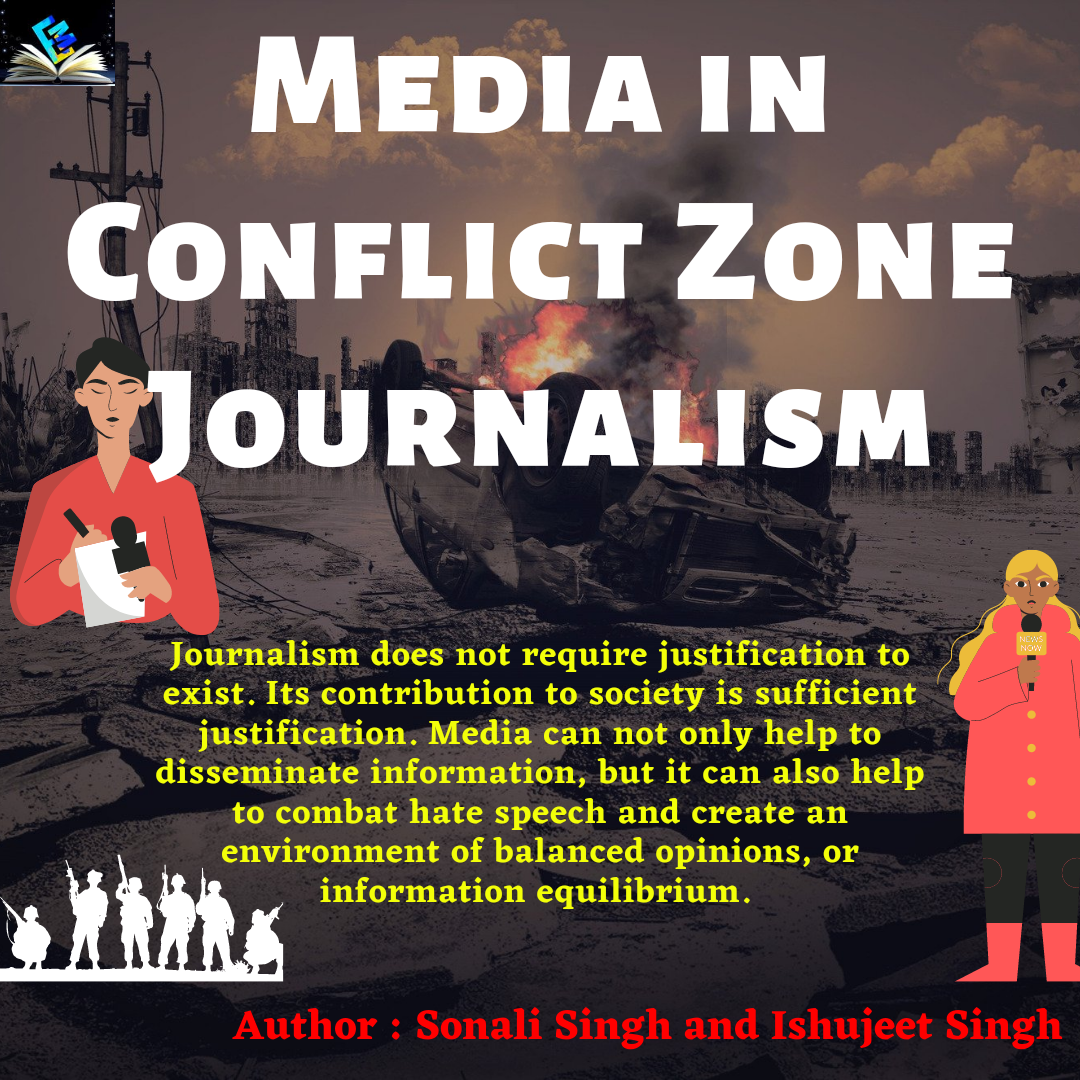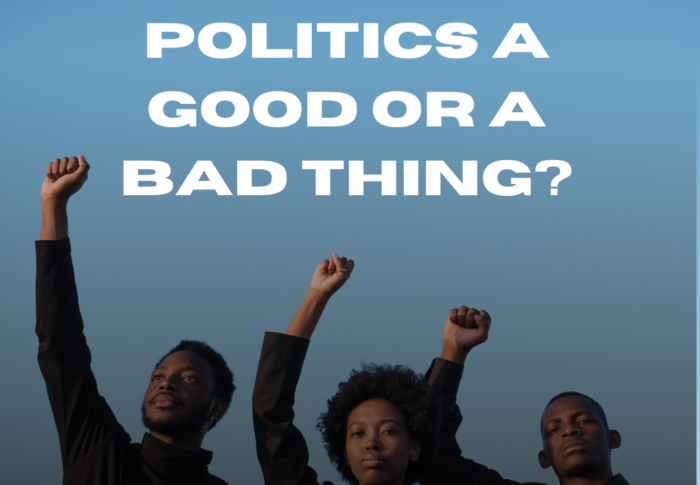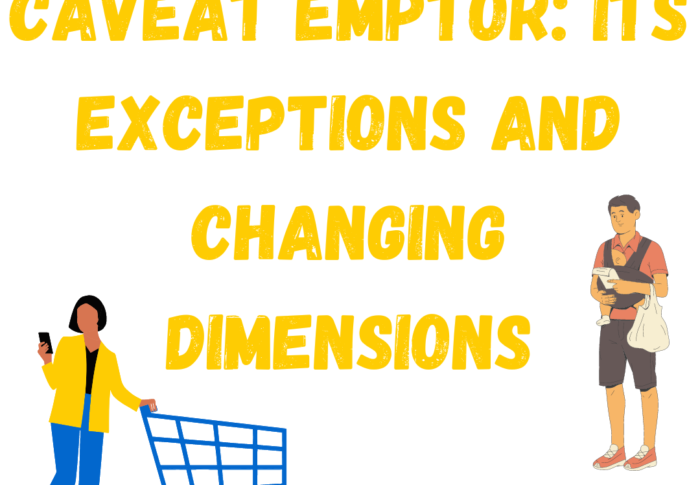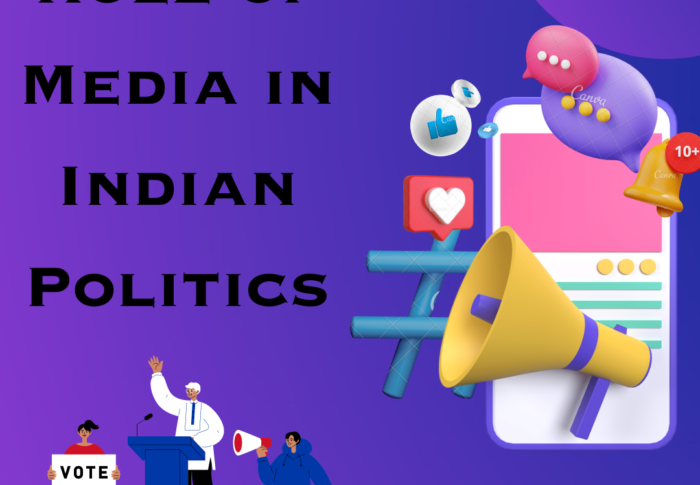
Media in Conflict Zones | Journalism
Journalism does not require justification to exist. Its contribution to society is sufficient justification. Media can not only help to disseminate information, but it can also help to combat hate speech and create an environment of balanced opinions, or information equilibrium.
AUTHOR : Sonali Singh and Ishujeet Singh
What is a common connection between Iraq, Syria, Palestine (Gaza), and Afghanistan? The answer is that all of these countries are at war right now. Over the last few months and years, there has been intense fighting in these areas, resulting in hundreds of thousands of civilian and military casualties. These conflicts have been covered by the media and served up to us in the comfort of our living rooms. While war reportage is nothing new, with the advancement of technology, media coverage has become so vivid and accurate that it outperforms any thriller or fiction. Policies and programmes for media development can help to prevent insecurity and violent conflict, as well as contribute to peace and justice. Its goal is to assist practitioners and researchers in the field of conflict prevention and communication in exploring ways to improve their work in this area. While there is growing recognition of the importance of media and its positive and negative potential in conflict, there is relatively little accessible evidence on what works, guidance for practitioners, or donor attention.
The entire history of war journalism is one of journalists attempting to gain access to events in order to serve the public interest. The ability of reporters to follow unfolding events has a history as long as war journalism itself. If not a peacemaker or a catalyst for conflicts, the media is an indispensable political actor in peace building processes. The media and individual journalists play an important role in constructing conflict realities on the discursive battlefields of already fractured societies in conflict countries. They publish a daily stream of news and analysis on current events. Media professionals not only influence the perceptions of millions of readers, viewers, listeners, and internet users through their work, but they also play a critical role in determining whether and to what extent conflict actors recognise the range of constructive options available for resolving their differences.
Newspaper sales and television news ratings may improve during warfare, depending on the quality of coverage. Winston Churchill, Al Gore, and Ernest Hemingway were all war correspondents, as were many others. The news from the front lines is never pleasant to hear, and the horrible images that adorn our television screens and newspapers hit us hard. Even if there is some filtering in the news, it is often a no-holds-barred environment. As a result, we receive disturbing information. Today’s war machines are sophisticated and lethal, and conflict zones are frequently not delineated. As a result, “their” wars become “ours,” and the consequences of wars are not limited to the warring parties.
There is an ongoing conflict between journalists’ desire to report on conflicts and military actions and military security concerns. In general, journalists understand the need for some secrecy when it comes to military manoeuvres. Many journalists, however, have observed that “secrecy and controls on reporters are frequently imposed for reasons of political convenience, such as avoiding blame for military or political errors that deserve to be exposed.”
The media can either directly or indirectly contribute to conflict escalation. Experienced war reporters have noticed that the mere presence of cameras can prompt both sides to start shooting. Terrorists frequently rely on the media for information. Terrorist attacks may be planned in order to attract media attention and thus draw attention to their cause. Many types of terrorism would be ineffective in the absence of media coverage.
Several studies have found that women are still underrepresented as political actors in journalism focusing on international conflict in these regions. They are frequently portrayed as casualties or victims of sexual violence. In fact, it appears that women’s perceived helplessness dominates their representation in journalism. Women’s representation, for example, frequently falls short of moving beyond casualty and incident reporting that pairs them with children. As much as 60% of our Wall Street Journal sample contains the phrase “women and children” or equivalents (e.g., “women and elderly”). Such a pairing may simply reflect the alarming number of civilian casualties in conflict zones. Nonetheless, they expose a common misconception about women as perpetual victims — individuals who, like children, must be protected and defended due to their innocence and distance from the conflict at hand.
Journalism does not require justification to exist. Its contribution to society is sufficient justification. Journalism can not only help to disseminate information, but it can also help to combat hate speech and create an environment of balanced opinions, or information equilibrium. The concern for journalists today is that a lack of safety and security for reporters will become an increasingly serious issue for both the media and the public. Finally, these are issues of expression, press freedom, and democracy. Finding a balance between preventing harm caused by speech and protecting individual expression can be difficult for the media. Finding this balance, on the other hand, is critical, especially in conflict situations. Responsible journalism is concerned with providing a true, balanced, and fair account of events rather than simply republishing press releases. To accomplish this, journalists must avoid judgmental representations and describe reality without embellishment.
In the event of a crisis or conflict, the international media can garner global attention. The mass media is a pervasive part of daily life, particularly in developed countries, and thus has the ability to shed light on conflicts all over the world. Because most armed conflicts these days are fought for governmental rather than territorial reasons, the parties are frequently concerned with ensuring that the majority of people are on “their” side, which opens the door to misrepresenting facts and attempting to seize control over the distribution of information. As a result, the intervention of unbiased and free global media is critical not only for the global public but also for the people directly affected. Broadcasting news on community radio stations can help people in different areas, and even in different languages, reach out to each other more easily. People can be addressed directly in this manner, and their own personal experiences and lives can be incorporated much more effectively than in foreign media. The risk of manipulation and inflaming ethnic tensions, on the other hand, cannot be overlooked. Another advantage of local media, particularly radio, is the ability to convey peace messages to passing fighters and refugees alike in border areas.
Finally, the traditional role of the media as truth-tellers can be critical in international conflicts. As previously stated, one important function of the media is to provide the public with the information they need to make sound decisions. The media can seek to confirm official accounts, expose official deception, and correct omission errors. When officials claimed that an oil spill eighteen times the size of the Exxon Valdez spill was spreading off the coast of Kuwait, one reporter hired a helicopter to search for it. It discovered no evidence of such a spill and revealed that the official claims were greatly exaggerated. It would be naive to believe that the media can bring about peace on its own. At best, they can contribute to the long-term establishment of peace-supporting social structures by defining or reframing conflicts, initiating consensus-building, and building trust within and between different communities. A variety of peace building-related media initiatives have been developed and implemented around the world in recent decades. They have been used in some cases to rebalance asymmetrical power relations and to oppose or counteract hate speech and violent actor propaganda.
FOR ANY QUERY MAIL US AT EDUMOUNDOFFICIAL@GMAIL.COM






